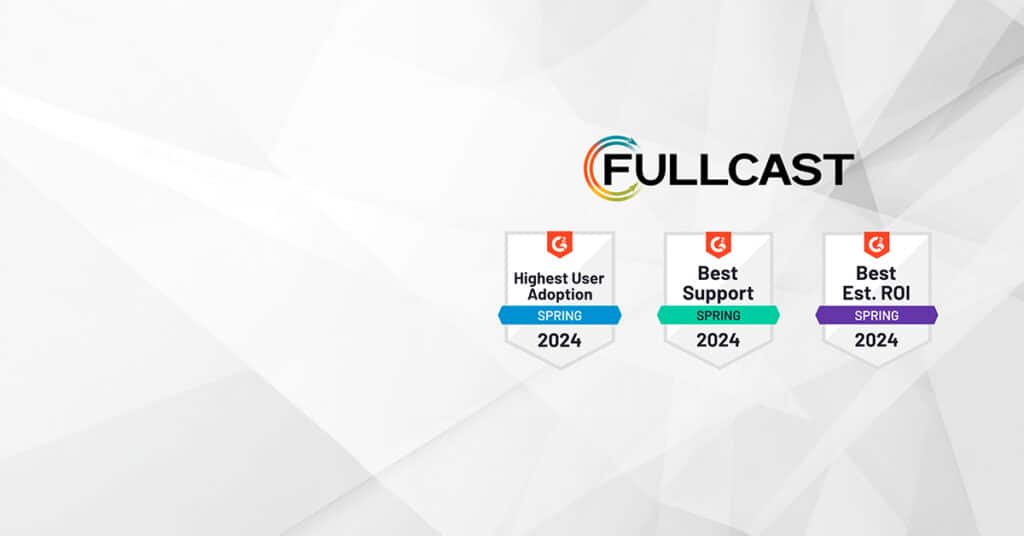Buying sales software is challenging, and buying sales planning software is nearly impossible. Most products only offer one point solution and rarely integrate easily with your day to day tools like Salesforce and Slack. This graphic from Smart Selling Tools paints the picture perfectly.
There are thousands of tools for sales teams, but very few tools that tackle all the complicated needs of end-to-end sales planning. Which tool should you choose? We’re here to help you sift through all the tools on the market by offering our top considerations for buying sales planning tools.
Let’s start by establishing your goals for the sales planning process. When it comes to sales planning, you have three basic goals:
- Designing a realistic and accurate plan that is both achievable and optimized for the opportunity you are chasing. To do this, you want to use as much accurate input data as possible
- Designing a plan that is understood and agreed on by everyone. You want both top-down and bottom-up analysis
- Designing a plan where assumptions are clearly understood and can be validated. You want a plan that is based on a realistic understanding of the sales environment, TAM opportunity, and recruiting market
Based on these goals, let’s dive into the five considerations that make choosing a sales planning tool easier.
1. Your Plan
Let’s begin by considering the process around your sales planning. How big is your planning group? Is it one or two people reviewing a plan for a small company, or an entire planning team of stakeholders and departments? We’ll cover how to consider collaboration needs later, but begin by asking how many people will be involved in the planning process to give yourself scope.
Secondly, consider how you’ll build your plan. Are you building off an existing plan or creating from scratch? If the plan is existing, what data will you include? Financial, historical, and HR Data?
How sophisticated is your sales plan? Do you plan informally or do you have specific, detailed steps to work through? If you’re looking to move to a more formalized process, create your plan by setting segmentation, role assignment, territory carving, account balancing, ramp hiring plan, and target setting. You can learn more about the 8 steps in this video.
Finally, consider your reporting needs. Will your organization expect you to report on multiple elements of the plan, or simply the final revenue results? This impacts how to collect, aggregate, and display data so be sure to look for tools that report to the detail and metrics you need.
2. Growth and Scalability
After considering your planning process, the most important consideration is the size, stage, and growth rate of your company and sales team. Growth impacts your plan constantly so you’ll want a tool that enables projections of team size. You’ll hire roles and expand territories throughout the year, so look for a tool that projects growth into your plan, and measures growth as the year progresses. You’ll also want a tool that grows with you as you scale. Any tool that can make planning more automated, repeatable, and measurable year over year will save your team from manual, repetitive tasks each planning cycle.
Another question to ask around growth and scale is how much you anticipate your plan changing as you grow. What current stage of growth and competition do you operate in and do you anticipate that changing? Will you be doing quarterly or semi-annual adjustments to your plan, or does your plan cover year-round performance? Depending on the stage and size of your company, you may grow and change at a faster or slower rate so look for a tool that matches your rate of change. A more dynamic company will need a more dynamic tool.
3. Data Hygiene
Bad data costs companies an average of $9.7 million a year – between 15 and 25 percent of revenue. With costs averaging $100 per out-of-date record, every data entry counts. About 20 percent of every database is dirty, and with database growth around 40 percent each year, more growth results in more bad data.
When looking for sales planning tools, it’s imperative to consider how that tool not only implements and measures clean data but preserves data hygiene and prevents bad records from growing with your database. This is much easier said than done. Tools used for routing, account hierarchy building, and data enhancement are great places to look when considering how data hygiene plays a role in your sales planning.
4. Stakeholder Management
On average, 5 departments are involved in the sales planning process, resulting in multiple, individual stakeholders. HR assists in planning how many sales reps and sales support staff will be hired. Finance sets financial targets. Marketing sets goals for market engagement, product features, and pricing. All these decisions are incorporated into the plan, reviewed, and revised before the plan goes to market.
Sales planning tools must enable these stakeholders to see current numbers and data, review proposed plans in real-time, and offer feedback transparently. While email chains and collaborative documents are a starting point, next-level sales planning utilizes collaborative, transparent tools that give all stakeholders visibility into the plan before it’s launched.
5. Segmentation
Each year, companies enter new markets. Those markets could be geographic, or expansions to Enterprise accounts, broader industries, different product lines, and tiered pricing structures. These market changes can be fast and sudden throughout the year, so sales planning tools should be equipped to handle changes with agility. Having a tool that can reassign reps based on account size or territory will save you hours of time and effort. Look for tools that enable you to customize deal size and product usage to better calculate ARR and customer segments, as well as tools that map out territories and assign reps. This kind of customization and agility will ensure your sales plan stays accurate even as market changes force your plan to adapt.
A Final Word
Before we summarize, let’s talk about planning in Excel. While on the surface Excel planning appears straightforward, the reality is the spreadsheet format is two dimensional. It’s nearly impossible to organize and pivot view between your segments, territories, teams, and channels on a single page. At best, you can look at a matrix view of the information. A good, dedicated sales planning tool enables you to easily dissect your plan from all lenses that drive growth, which is needed when scenario building. Moreover, planning in Excel doesn’t allow you to improve your process and incorporate learnings each year.
The best sales planning tool will improve your handle on data, collaboration, and execution agility. It’s important to consider your planning process, the growth and scale of your company, your data hygiene, stakeholders involved, and the markets and territories you’re operating in. These considerations will ensure the tool you choose meets the needs of an agile, collaborative sales planning process.
Hopefully, these considerations have clarified your approach to choosing a sales planning tool. If you haven’t seen the fullcast.io sales planning tool, contact us for a friendly, informative demo.











